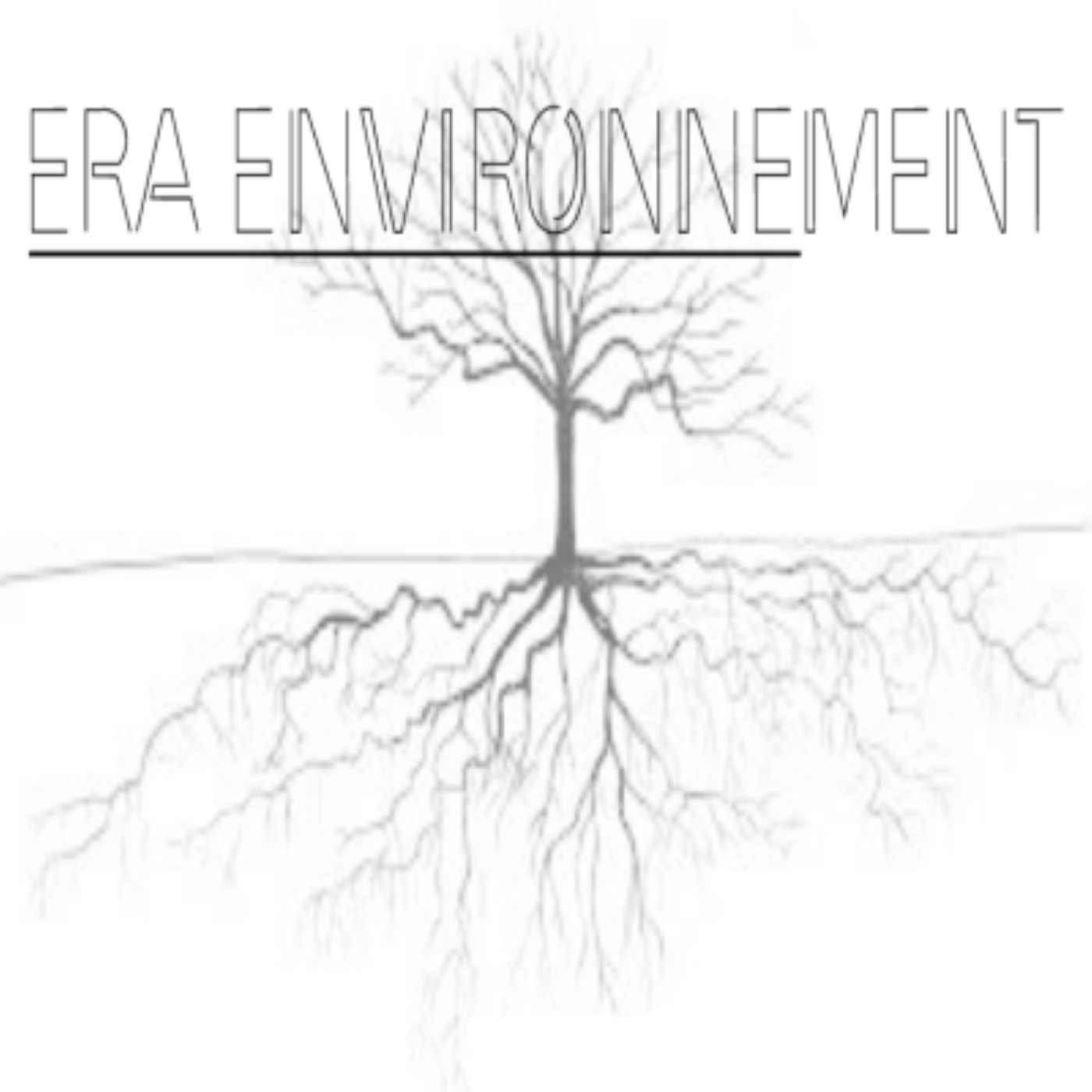Wind: to become the largest source of renewable energy in the US-Report
By Houmi Ahamed-Mikidache
According to a new report released recently by the American Wind Energy Association (AWEA) based in Washington, wind surpassed hydropower dams and will become the largest source of renewable electric capacity in the U.S .
This report, « the U.S. Wind Industry Quarterly Market Report », is a snapshot view of U.S. wind industry activity and trends, including new wind capacity installed, wind projects under construction and in the advanced stages of development.
“American wind power is now the #1 source of renewable capacity, thanks to more than 100,000 wind workers across all 50 states,” said Tom Kiernan, American Wind Energy Association (AWEA) CEO. “Growing this made-in-the-USA clean energy resource helps rural communities pay for new roads, bridges, and schools, while bringing back manufacturing jobs to the Rust Belt. With our two-thirds cost reduction over the last seven years, household brands like General Motors, Walmart, and more are buying low-cost wind energy to cut costs and power their businesses. American wind power is on track to double our output over the next five years, and supply 10 percent of U.S. electricity by 2020,” he added.
The report indicated that at the close of 2016, the American wind fleet totaled 82,183 MW, enough to power 24 million average American homes. And with the addition of North Carolina’s first utility-scale wind farm announced earlier recently, there are now more than 52,000 individual wind turbines in 41 states plus Guam and Puerto Rico.
Over 100,000 American workers now manufacture, construct, and maintain the U.S. wind turbine fleet according to the U.S. Department of Energy. In total, wind supports more American jobs than nuclear, natural gas, coal, or hydroelectric power plants.
Who are the beneficiaries?
According to the report, Rural and Rust Belt America are among the greatest beneficiaries of wind power development. Wind projects in these areas often become the largest contributors to the property tax base, helping to improve schools, roads and other public services. Of the $13.8 billion invested by the U.S. wind industry last year, $10.5 billion was invested in low-income counties, emphasized the report.
Wind: the new solution
Wind is a new drought-resistant cash crop for farmers and ranchers who host wind turbines on their land, explained the report. Nationwide, wind projects provide private landowners with more than $245 million in land lease payments annually. Texas landowners receive more than $60 million of that, in many cases helping to keep farms and ranches in their families. And it is also less costly: it often provides the least expensive energy available. Wind power can bring costs down further and create American jobs thanks to policy stability that passed in 2015 with bipartisan support in Congress, said the report.
As a result of the generating capacity of wind turbines in the U.S. standing at over 82,000 MW, greater than the 80,000 MW of hydropower generating capacity, wind power is now the fourth largest source of generating capacity, behind gas, coal, and nuclear, according to the report.
Texas and wind
Texas is the undisputed leader in wind energy, with approximately three times more wind generating capacity than any other state and nearly a quarter of American wind jobs said the report. The state continues to expand wind power, becoming the first state to pass 20,000 MW of wind capacity last year, which is roughly one-fourth of national capacity. Texas supports up To 25,000 wind jobs recently. It has benefited from investment by corporate energy buyers. But its success came partly from a strong backbone of transmission infrastructure. For instance, transmission projects like Pattern Development’s proposed Southern Cross Transmission Project will allow Texas to benefit by exporting its abundant wind energy to customers in the Southeast.





